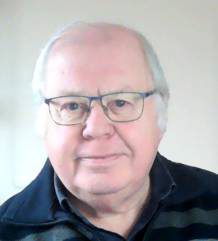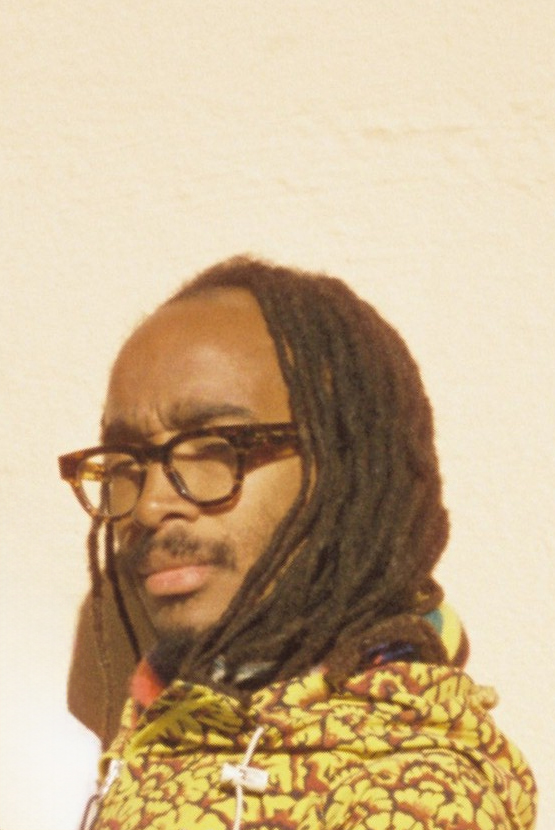Our People
We’re a global community of more than 1,750 staff, 36,000 students, 285,000 alumni and over 1000 industry partners.
/297x0:1907x1610/prod01/channel_3/media/middlesex-university/about-us-images/STAFF-WITH-STUDENTS-11_11_2021-4725.jpg)
Our academic community
Our academic community includes active practitioners and committed researchers and teachers who lead their fields. Our professional services staff make our transformative work happen and provide exceptional support to our students.
With oversight from our Board of Governors, our University Executive Team works with our Vice-Chancellor, who is responsible for leading the University and ensuring we deliver our strategy. Our Chancellor acts as a ceremonial figurehead.
Discover who we are and how we work together.
staff cards
/0x0:458x458/prod01/channel_3/media/middlesex-university/site-assets/images/default-images/profile-default-image.jpg)
Mr John Abbott
Senior Lecturer
Mrs Jo Abdul-Rahim
"Head of Department, Accounting, Finance and Economics"
.png)
Dr David Adams
SL Transdisciplinary Practice

Mr Seun Ade-Onojobi
Lecturer in Fashion Communication

Mrs Manjida Ahamed
Senior Lecturer in Law
/0x0:458x458/prod01/channel_3/media/middlesex-university/site-assets/images/default-images/profile-default-image.jpg)
Mr Jas Ahmad
Associate Professor

